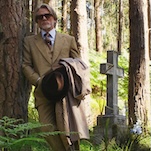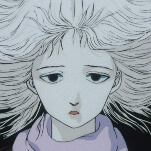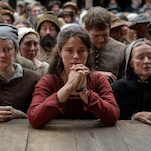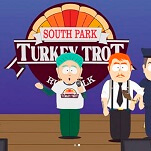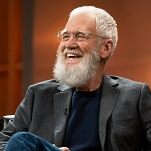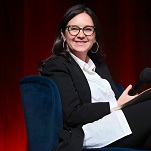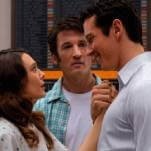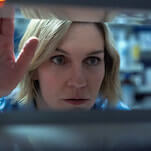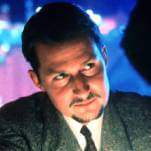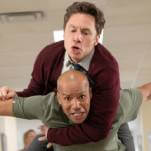Downton Abbey finds meaning in grief, nonsense in narrative
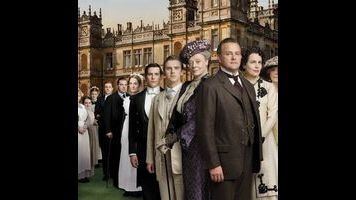
As Lady Mary Crawley fights off one of her many suitors, she suggests she finds his behavior “both irritating and beguiling in equal measure.”
This largely describes Downton Abbey in its fourth season, a well-made frustration of a television show capable of pathos and incapable of avoiding the pitfalls it has fallen into since its second season. Downton Abbey is rarely outright terrible, but four seasons in it remains a disappointment, insistent on injecting plot into a series that works best without it. While more focused than the season that preceded it, it suffers from a reliance on storylines that, in their desire to shock, strip the series of what makes it compelling.
The best stories on Downton Abbey are driven by the everyday. These are stories about the people who live and work at Downton Abbey during a time of transition, whose lives and livelihoods are changing. There is inherent drama in this period of British history, with clear stakes for characters both upstairs and down, and the fourth season is at its best when it lets those stakes drive its storytelling. What happens when you’re a valet whose employer dies, leaving you a remnant of a class system struggling to survive? What if you remain gainfully employed, but see an opportunity to follow a dream that’s not dependent on the aristocratic system that remains in jeopardy? Those questions may not be as flashy as the latest calamities to befall Edith Crawley—Laura Carmichael continues to star in television’s most unintentionally hilarious tragedy—but the show has finally reached the point where the threat of modernity is more than just the installation of a new piece of technology. Although the season comes with more on-the-nose symbols of progress, it makes for rich historical context this time around.









